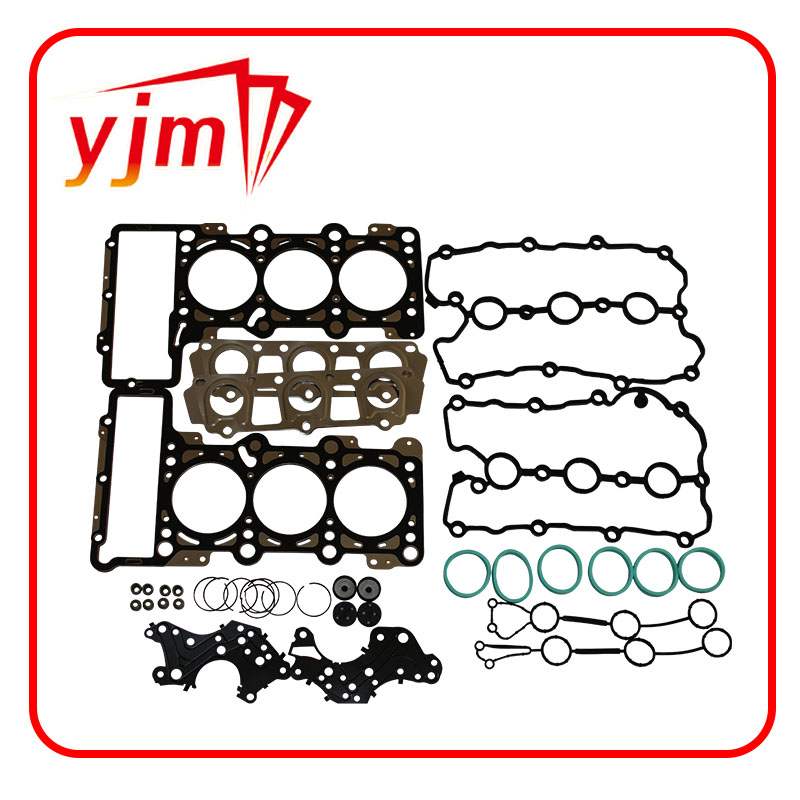lip seal ring
Understanding Lip Seal Rings Design, Functionality, and Applications
Lip seal rings are critical components in various mechanical systems, primarily used for sealing and preventing the leakage of fluids, gases, or other substances. These sealing devices are designed to provide effective barriers between moving and stationary parts, ensuring the integrity of the machinery and enhancing its overall performance. This article delves into what lip seal rings are, how they work, their benefits, and common applications across various industries.
What Are Lip Seal Rings?
Lip seal rings, often referred to simply as lip seals, are made from flexible materials such as rubber or polymer. The design features a lip or a projection that creates a contact surface with a shaft or a cylindrical body. This unique design allows lip seals to adapt to any tiny variations in the surfaces they seal, providing an effective and durable solution for preventing leaks.
Typically, lip seals are used in conjunction with rotating shafts, where they retain lubrication and prevent external contaminants from entering the sealed area. This is particularly crucial in applications where the longevity and reliability of machinery are paramount.
How Do Lip Seal Rings Work?
The functionality of lip seal rings is based on the compression of the sealing lip against the shaft surface. When the shaft rotates, the dynamic pressure created between the seal lip and the shaft helps maintain a tight seal. This pressure can adapt to intermittent changes in speed, temperature, and pressure, making lip seals incredibly versatile.
The material composition of lip seals plays a crucial role in their performance. Common materials include nitrile rubber (NBR), fluorocarbon (FKM), and silicone. The choice of material often depends on the operating conditions, including temperature, fluid compatibility, and mechanical stresses. For instance, while NBR is excellent for oil resistance, FKM is preferred for higher temperature applications.
Benefits of Lip Seal Rings
1. Effective Sealing Lip seal rings are known for their reliable leakage prevention, making them suitable for a wide range of applications. They can handle both static and dynamic sealing requirements.
2. Wear Resistance The materials used to manufacture lip seals are designed to withstand wear and tear, ensuring a longer service life compared to other sealing solutions.
3. Versatility Lip seals are adaptable and can be used in various settings, including automotive, aerospace, and industrial applications. Their ability to function effectively across a range of pressures and temperatures makes them a popular choice in many engineering designs.
lip seal ring

4. Ease of Installation Lip seals are relatively easy to install and replace, making maintenance straightforward and cost-effective.
5. Reduced Friction The design of lip seals helps reduce friction between the moving parts, which translates to improved efficiency and lower energy consumption in machines.
Applications of Lip Seal Rings
Lip seal rings find applications in numerous industries
- Automotive In vehicles, lip seals are used in various components like the gearbox, differential, and wheel hubs to prevent oil leaks and protect against dirt and moisture.
- Aerospace Due to their lightweight and robust design, lip seals are employed in aircraft hydraulic systems and landing gear mechanisms.
- Industrial Machinery Manufacturing equipment such as pumps, compressors, and hydraulic cylinders utilize lip seals to ensure operational efficiency and durability.
- Consumer Appliances Everyday electronics and appliances, such as washing machines and vacuum cleaners, rely on lip seals to maintain proper function and prevent leaks.
- Oil and Gas Industry In drilling and extraction operations, lip seals secure pumps and valves, protecting sensitive components from abrasive materials and corrosive fluids.
Conclusion
Lip seal rings are indispensable elements in modern machinery and mechanical systems, providing effective solutions for preventing leaks and maintaining system integrity. With their robust design, adaptable materials, and versatile applications, they ensure the reliability and efficiency of various engineering solutions. Understanding the vital role of lip seals can lead to better design choices and maintenance strategies, ultimately contributing to enhanced performance across multiple industries. As technologies advance, innovations in lip seal design and material science will continue to expand their applications and effectiveness, solidifying their place in modern engineering.
-
The Ultimate Guide to Boat Propeller Bearings and Trailer Wheel Bearings
News Jul.31,2025
-
The Essential Guide to Marine Bearings and Boat Trailer Wheel Bearings
News Jul.31,2025
-
The Complete Guide to Heavy Duty Seals: Protecting Doors and Spaces Efficiently
News Jul.31,2025
-
Essential Guide to Marine Shaft Bearings and Boat Trailer Axle Bearings
News Jul.31,2025
-
Comprehensive Guide to Marine and Trailer Bearings for Safe Boating and Transport
News Jul.31,2025
-
Comprehensive Guide to Automotive Oil Seals: Protecting Your Engine and Shafts
News Jul.31,2025
-
Understanding Automotive Oil Seals: Essential Components for Engine and Shaft Protection
News Jul.30,2025
Products categories















